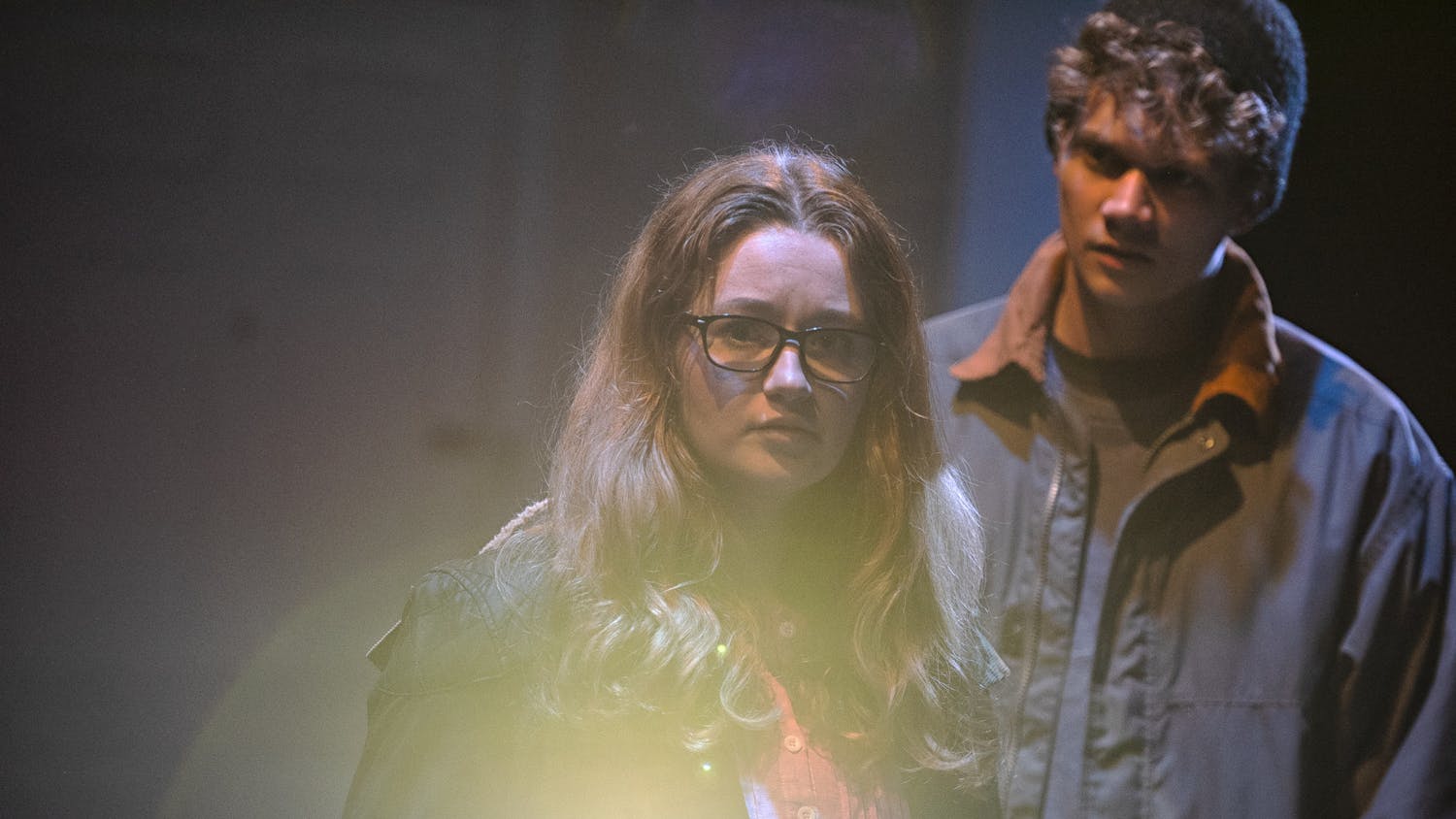How often do you get the chance to watch one of the best films of the year about one of the most influential people in the last century and listen to a follow-up lecture given by the world’s leading expert on the topic? Not often enough. Frame that within the context of a Nazi invasion, a desperate race to crack an infamously tricky code and a genius mathematician who saved the English-speaking world only to be persecuted for his sexuality, and you have a pretty entertaining night.
The Hirschfield International Film Series screens extraordinary foreign and independent films every Saturday at 3 and 8 p.m. in Dana Auditorium, and pairs each with special events and lectures that complement the movie and facilitate greater understanding. This week’s picture won the 2014 Academy Award for Best Writing, Adapted Screenplay, and was nominated for seven others, including Best Motion Picture, Best Actor, Best Actress and Best Original Score. The American Film Institute awarded it with Best Movie of the Year.
The Imitation Game is based on the true story of Alan Turing and a team of cryptanalysts who struggled to crack the most infamous coding machine of all time, the Enigma. Spoiler alert: They succeed. While the story itself is incredible, intoxicating performances by Benedict Cumberbatch, Kiera Knightly and the rest of the cast elevate the experience to even more mesmerizing heights. Though universally acclaimed, the film is not without its controversies. To add a layer of depth not found in Hollywood, Middlebury has brought in one of the world’s foremost experts on the main topic of the movie: cipher machines.
Dr. Tom Perera’s lecture, “The Real Story of The Imitation Game and the Enigma of Alan Turing,” will correct and enhance bits of the film, as well as comment on the complexity and excitement of the time period. As the author of the only definitive book on the Enigma, Perera is very uniquely situated to discuss the fact and fiction behind The Imitation Game.
Code-breaking was arguably one of the most critical components of World War II. Germany’s various military branches transmitted thousands of coded messages every day, conveying critical information about everything from situation reports given by Hitler himself to the contents of supply ships. The Allies’ inability to access such correspondences wreaked havoc on the United States’ defenses for years. Cue Alan Turing.
Turing was a brilliant mathematician recruited during WWII to work in England’s code breaking hub at Bletchley Park. Although he did not singlehandedly crack the Enigma code, as The Imitation Game suggests (Perera is sure to discuss how his work was based on significant advances by the Poles), he is accredited with designing an anti-Enigma machine that could quickly and consistently discern the appropriate ciphers.
By 1943, Turing’s machines were cracking approximately 84,000 Enigma messages every month. When the Germans upgraded the Enigma into the much more sophisticated “Tunny” machine, it was another Turing breakthrough that allowed its messages to also be deciphered. It is not a stretch to say that Turing’s advances not only changed the course of the war, but also shortened it by as many as two to four years, thereby saving 14 to 21 million lives.
To this day, he is recognized as the father of computer science. His achievements reach far beyond simply cracking some of the toughest ciphers of our age. Currently, the Turing Test is recognized as a benchmark for evaluating the effectiveness of artificial intelligence. In the test, a human converses with an A.I unit. If the human cannot tell the difference between talking with the machine and talking with another human, the machine is considered intelligent.
In addition to being one of the most brilliant minds of his era, he was also gay at a time when homosexuality was illegal in England. Found guilty of gross indecency, Turing was forced to choose between jail and hormone therapy. He opted to take a year of estrogen supplements, and one year after the course’s completion, committed suicide by eating a cyanide-laced apple. Two years ago, the Queen of England granted Turing a Royal Pardon and an apology for the treatment he suffered. In terms of accuracy, the film gets some things right and some things wrong. That is where the second half of the Hirschfield event comes into play.
While the basis for The Imitation Game – Andrew Hodges’s book, Alan Turing: The Enigma – is the biography of one man, Dr. Perera’s book is the most comprehensive tomb on the inner workings of cipher machines ever published. In 1987, he established the Enigma Museum to collect and preserve antique cipher, telegraph, scientific and communication devices. We can expect his lecture to discuss how the Germans developed and used the machine during the war, how cracking the codes at Bletchely Park changed the course of the war and how the science behind cryptography works. The Imitation Game offers a remarkable snapshot of one man’s contribution to the war, while Dr. Perara provides a panorama of how that man fit into a much larger scheme of codes, espionage and triumph.
Dr. Perera’s lecture will take place on Saturday, Nov. 21, at 5:45 p.m. in Dana Auditorium of Sunderland Hall. It is sponsored by the Department of Mathematics and the First-Year Seminar program. Screenings of The Imitation Game will bookend Dr. Perera’s lecture at 3 and 8 p.m., with an expected runtime of 114 minutes. Both events are free and open to the public.
Performing Arts Spotlight: The Imitation Game
Comments



